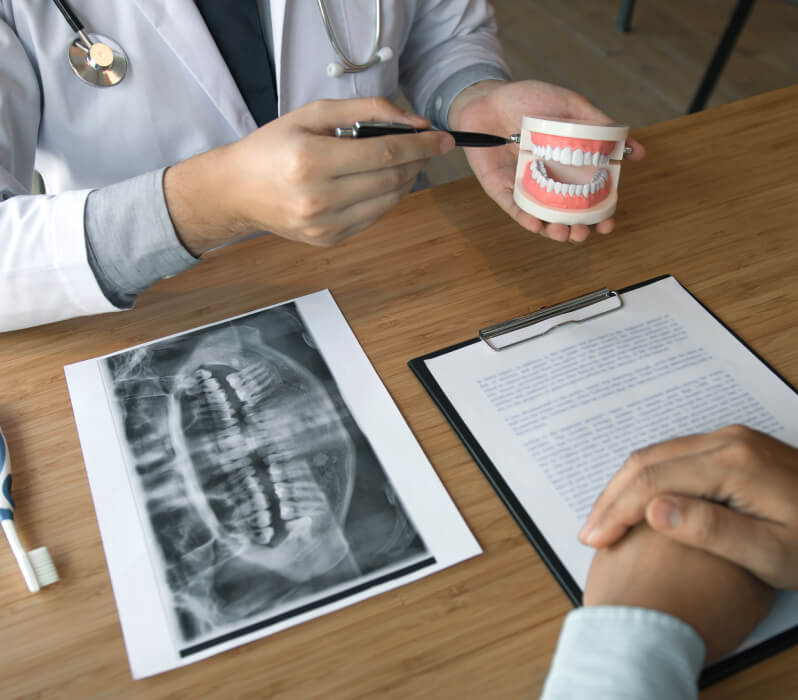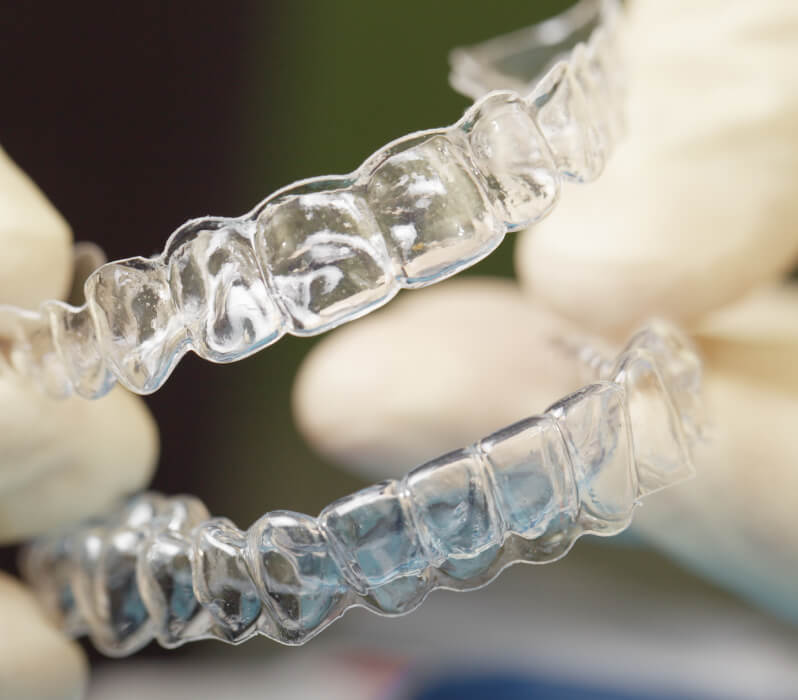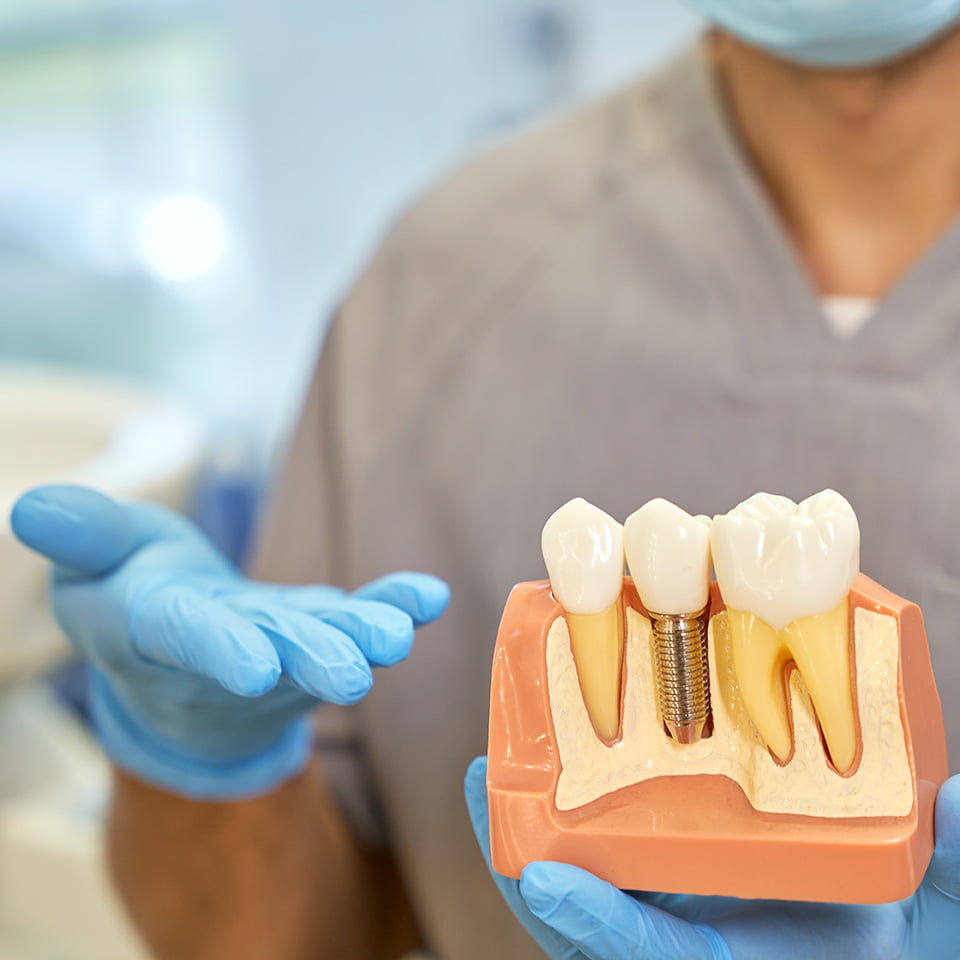
How to Care for Your Dental Implants
Dental implants have revolutionized the world of dentistry, offering a long-term solution for missing or

Listen or Read Dr. Igor Kaplansky’s Podcast Interview!
Topic – Tooth Replacement and Restoration
Below you will find an easy to read transcript of Dr. Igor Kaplansky’s monthly podcast interview. You can click the video to listen to the podcast or simply read the easy to follow transcript below. Enjoy!
Tooth Replacement Podcast Interview:
RC: Hello everyone, this is Liz Harvey coming to you from our studios in New York City where we are dedicated to bring you top quality advice from many of the leading expert professionals across the US.
In today’s episode, we are speaking with Dr. Igor Kaplansky. Dr. Kaplansky is the founder of Dentistry by Dr. Kaplansky in Gasport, New York. He grew up in Russia and after receiving his dental degree, he was accepted into the International Dentist Program at the University of Buffalo School of Dental Medicine.
He graduated cum laude in 1998 with a Doctor of Dental Surgery Degree and continued as a resident in the Advanced General Dentistry Program at Buffalo. Since 1999, Dr. Kaplansky has been practicing family dentistry with a special interest in orthodontics and dental implants. He has been recognized with prestigious fellowship awards from the Academy of General Dentistry and the International Congress of Oral Implantologists.
Dr. Kaplansky’s widely considered to be one of the top dentists in the country and he is also a contributing member of our national network of industry professionals.
Today we’re going to talk about a very important topic: Tooth Replacement and Restoration
RC: Hello Dr. Kaplansky. How are you today?
Dr. Igor Kaplansky: Hi Liz. Doing well. How are you?
RC: I’m doing great. Thanks for joining us.
Question 1: If you are only missing one tooth perhaps due to injury, what is the best choice for replacing the tooth?
RC: If you are only missing one tooth perhaps due to injury, what is the best choice for replacing the tooth?
Dr. Igor Kaplansky: The modern day solution for replacing a tooth is a dental implant; that’s a very straight forward simple answer. There used to be many other choices. There still are but dental implant is by far the best.
The reason why is very simply, it stops the bone loss. What many people don’t realize that when they lose the tooth, the socket in their jaw, the bony socket where the tooth used to set is collapsing and shrinking in volume pretty dramatically for the first six months after the extraction or loss of the tooth. Then the shrinkage continues throughout life. It’s a non-stop process basically. The only way to stop this bone loss, this permanent bone loss, is to place something back in there and that’s a dental implant.
Question 2: For people missing multiple teeth, what do you recommend as the best, longest lasting option?
RC: For people missing multiple teeth, what do you recommend is the best, longest lasting option?
Dr. Igor Kaplansky: Same thing. Multiple teeth can be restored on dental implants. Single teeth can be restored on dental implants. That is the most long-lasting option. There is also an option of a bridge or a partial denture for multiple missing teeth.
A bridge will involve preparing, altering or grinding down adjacent teeth to the space, to the gap which is a down side of a bridge. It also connects teeth together, meaning that it does complicate cleaning a little bit.
A partial denture is a removable appliance. Most people nowadays don’t want to have anything removable in their mouth. They don’t want to take things out to clean them. Again, a dental implant or implants in this case if there are multiple teeth missing is an ideal option. A bridge is a second best option and a partial denture we usually discuss as a least favorable alternative.
Question 3: What options are available for fixing a simple chipped tooth?
RC: What options are available for fixing a simple chipped tooth?
Dr. Igor Kaplansky: Chipped teeth are fixed depending on the size of the defect. It can be either simply bonded or restored with a white filling or it can have a veneer if it’s a front tooth or you could have a crown placed on the tooth if it’s in the back. Crown or veneer would probably look better and last longer because they’re made of ceramic material versus a white filling which is pretty much a plastic material. Both work and again it depends on the size of the break or the chip.
Question 4: When is bone grafting required for dental implants and how does that procedure work?
RC: When is bone grafting required for dental implants and how does that procedure work?
Dr. Igor Kaplansky: That’s a great question. As we discussed already, the best option for tooth replacement is a dental implant but unfortunately, many people come to us years after the tooth had been lost, extracted or knocked out and we already talked about the bone loss that happens after the event. They come in and they want a tooth replaced but unfortunately there’s not enough bone volume in the area to place a dental implant. That’s when we start to consider grafting or augmenting the area to be sufficient to replace an implant.
Bone grafting is done in many different ways from using patients own bone that is harvested somewhere else in the mouth or elsewhere to using donor bone. Another way would be using animal products, bovine or porcine coming from cows or from pigs. Another option would be using artificial materials or bone stimulating materials like hydroxyapatite. It’s a main inorganic component of bone.
The way bone grafting works, what we do is we stimulate natural bone production by the patient. We place some sort of the material in the area and then the body will resorb or dissolve away that material and in the process it will build its own bone. That’s what bone grafting is and it’s done either in conjunction with implant placement or prior to implant placement.
Question 5: In what ways does dental bonding work to reshape and fix teeth as well as improve someone’s smile?
RC: In what ways does dental bonding work to reshape and fix teeth as well as improve someone’s smile?
Dr. Kaplansky: Bonding is basically using white filling material and applying it to teeth to change their color or their shape. It’s done just like a white filling is done. The tooth is prepared then the surface is treated with different materials to make it sticky and then we use curing lights to harden the material. Then we shape it to whatever shape we want it to be to match adjacent teeth. The color can also be selected to match the color of the adjacent teeth.
RC: Thank you so much Dr. Kaplansky. We know you’re extremely busy. I just want to thank you for your time and your help today.
Dr. Kaplansky: Absolutely. Thank you for having me.
RC: For our listeners across the country, if you are interested in speaking with Dr. Igor Kaplansky, you can either go online to www.drkapalnsky.com; that’s d-r-kaplansky.com or call 716-772-7500 to schedule an appointment and on behalf of our entire team at Razor Cast, we want to thank you for listening. We look forward to bringing you more top quality content from our country’s leading industry professionals.

Dental implants have revolutionized the world of dentistry, offering a long-term solution for missing or

The Undeniable Necessity of Replacing Missing Teeth Beyond Cosmetic Concerns The issue of missing teeth

Tootaches can be a minor irritation, or they can be an indication of something much
At Dentistry by Dr. Kaplansky, we believe that everyone deserves quality dental care, regardless of their situation. Our experienced team specializes in a variety of services such as dentures, crowns, bridges, implants, and anything else needed to ensure your smile is healthy and beautiful! Our patients are the most important thing to us. That’s why we offer the best service in Gasport, Lockport, Buffalo, and the rest of New York!
With us, you can feel at ease knowing that not only will we meet all your expectations, but we will also provide specialized care tailored to fit each individual’s needs. Additionally, our knowledgeable staff makes sure that all treatments are performed with the utmost safety and precision in order to minimize any discomfort or risks during treatment.
Call or visit our website today to book an appointment with Dentistry by Dr. Kaplansky and get the dental health you deserve!
2023 All Rights Reserved | Dentistry by Dr. Kaplansky, PLLC | Powered by Starfish Ad Age